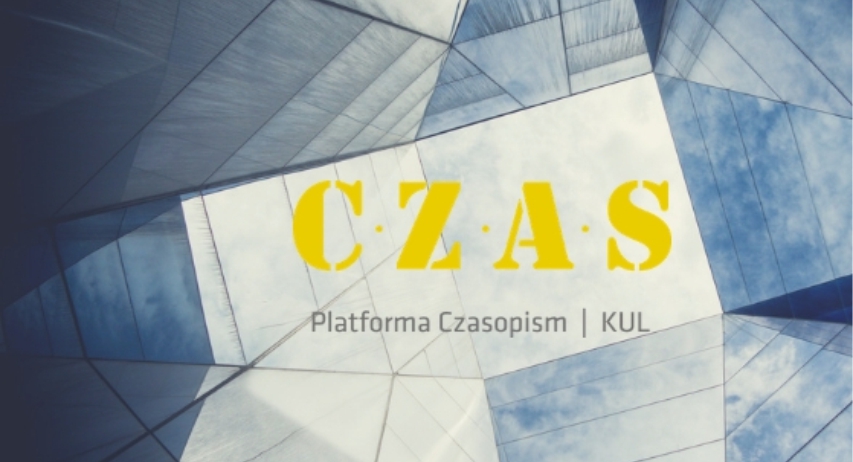Euphemisms and teacher–student interactions
Anna Bloch-Rozmej
John Paul II Catholic University of Lublin , Polandhttps://orcid.org/0000-0001-8675-1726
Abstract
The quality of teacher-student interactions appears to be one of the most significant prerequisites for effective instruction. One of the factors involved in determining this quality is definitely teacher talk that should adequately correspond both to the type of knowledge the teacher intends to transfer and students’ ability to absorb this knowledge. The latter we claim is directly related to the students’ attitude to the subject itself and the teacher. In this article we will delve into the problem of euphemisms as part of teacher and student talk with a view to determining the extent to which they might affect teacher-student interactions. The issue of euphemism use and their role in building positive relations in the language classroom will be discussed from the perspective of teachers’ experiences. To this end, we chose the research tool of an online questionnaire addressed at university teachers. The survey was administered in June 2023 and the results will be described and analyzed in the forthcoming pages. Euphemism use will also be considered as a manifestation of language creativity that should characterize good language teachers.
Keywords:
euphemism, classroom interaction, creativity, teacher talkReferences
Bloch-Rozmej, A. 2023. Euphemisms inside and outside the university context in the times of the Covid-19 pandemic: The students’ perspective. Roczniki Humanistuczne KUL, Glottodydaktyka (10), 71. In press. (Crossref)
Brown, D. H. 2001. Teaching by principles: An interactive approach to language pedagogy (2nd ed.). New Jersey: Addison Wesley Longman, Inc.
Brown, D. H. 2007. Teaching by principles: An interactive approach to language pedagogy (3rd ed.). White Plains, NY: Longman.
Brzezińska, A. 1994. Czym może być aktywne uczestnictwo ucznia i nauczyciela? In G. Lutomski (ed.) Uczyć inaczej, 31–40. Poznań: Wydawnictwo Fundacji Humaniora.
Chamizo Domínguez, P. J., and F. Sánchez Benedito. 2005. Conceptual Networks of English Bawdy Euphemisms and Dysphemisms. Unpublished manuscript.
Ciechanowska, D. 2007. Twórczość w edukacji. Szczecin: Wydawnictwo Naukowe Uniwersytetu Szczecińskiego.
Del Teso, M. E. 1988. Cambio semántico, impropiedad y eufemismo. Verba, 15: 183–204.
Dalgard, O. S., A. Mykletun, M. Rognerud, R. Johansen, and P. H. Zahl. 2007. Education, sense of mastery and mental health: results from a nationwide health monitoring study in Norway. BMC Psychiatry 7, 20. DOI: //doi.org/10.1186/1471-244X-7-20. (Crossref)
Ellis, R. 1990. Instructed Second Language Acquisition: Learning in the Classroom. Oxford: Blackwell.
Eggert, S. 1996. Creativity – every teacher's dream. Deutsch Als Fremdsprache, (1).
European Union. 2010. Joint Progress Report of the Council and the Commission on the implementation of the ‘Education and Training 2010 work programme’.Official Journal of the European Union C 117/01.
Fazlagić, J. 2019. Kreatywność w systemie edukacji. Warszawa: Wydawnictwo FRSE.
Gebhard, M. 1998. A case for professional development schools. TESOL 23 (3): 501–510. (Crossref)
Griffiths, M. 2014. Encouraging imagination and creativity in the teaching profession. European Educational Research Journal 13 (1). (Crossref)
Jia, X. 2013. The Application of Classroom Interaction in English Lesson. Paper presented at International Conference on Education Technology and Information System (ICETIS 2013). Available at http://www.atlantis-press.com/php/download_paper.php?id=7895. (Crossref)
Kormas, A. A., and J. Kormos. 2004. Creativity and Narrative Task Performance: An Exploratory Study. Language Learning 54 (2): 277–310. (Crossref)
Moskovitz, G. 1968. Abstracted from THE FLINT SYSTEM (Foreign Language Interaction System) An observational tool for the foreign language class. Classroom Interaction Newsletter 3 (2 MIRRORS FOR BEHAVIOR: An Anthology of Classroom Observation Instruments, January, 1968). Journal of Classroom Interaction: 1–5.
OECD. 2018. Pisa 2015 Results in Focus. Available at https://www.oecd.org/pisa/pisa-2015-results-in-focus.pdf Accessed 13.05.2021
Ritchie, S. J., and E. M. Tucker-Drob. 2018. How much does education improve intelligence? A meta-analysis. Psychological Science, 095679761877425. doi:10.1177/0956797618774253 (Crossref)
Rivers, W. (ed.). 1987. Interactive language teaching. New York: Cambridge University Press. Also published online by Cambridge University Press: 28 November 2008: 299–302.
Sobańska-Jędrych, J. 2013. Warunki rozwijania kreatywności w nauce języków obcych. Języki Obce w Szkole 4: 53–58.
Tickoo, M. L. 2009. Teaching and learning English: A sourcebook for teachers and teacher-trainers. New Delhi: Orient Longman.
Torrance, E. 1972. Can we teach children to think creatively? The Journal Of Creative Behavior, 6(2): 114–143. (Crossref)
Zaid, M., F. Batool, A. Khan, and S. H. Mangla. 2018. Euphemistic expressions: A challenge to L2 learners. International Journal on Studies in English Language and Literature (IJSELL) 6 (5): 9–18. Also available at http://dx.doi.org/10.20431/2347-3134.0605002 www.arcjournals.org. (Crossref)
John Paul II Catholic University of Lublin https://orcid.org/0000-0001-8675-1726







